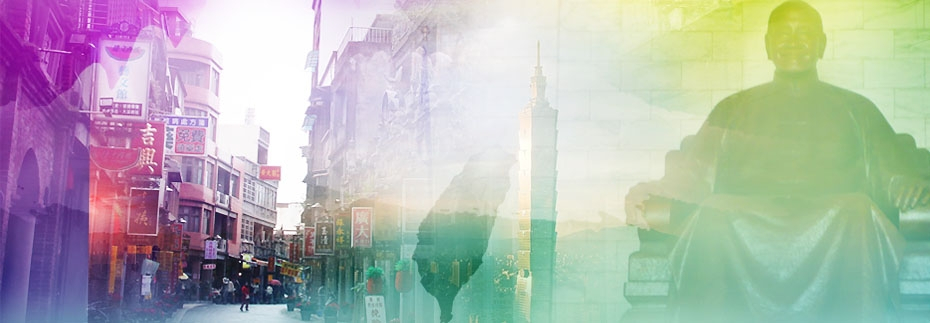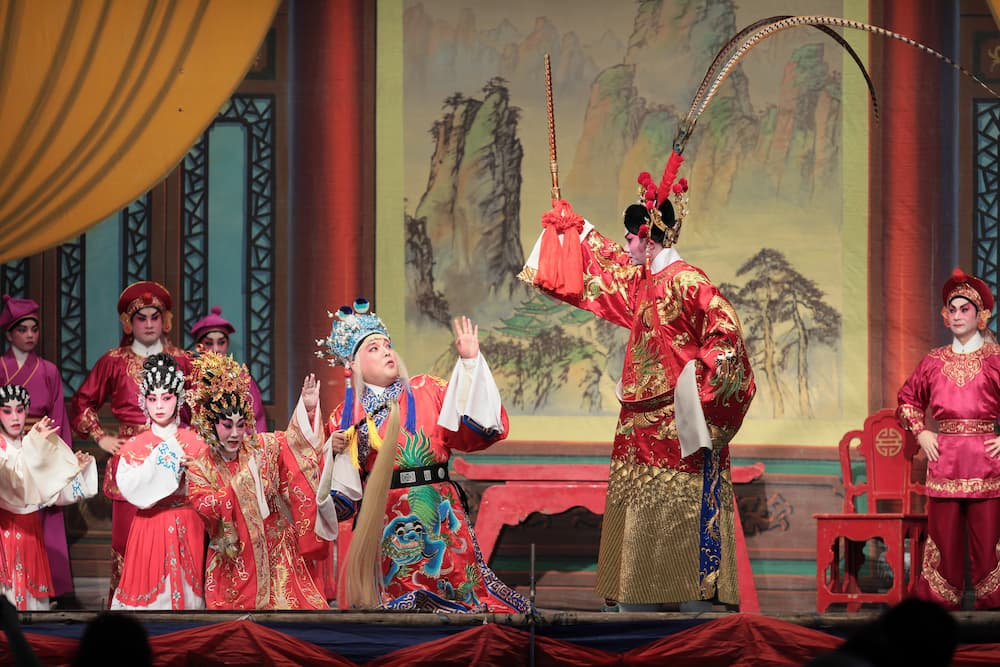
Taiwan
Splendid
Chi Culture
Topic
Taiwan
Since antiquity, Taiwan has been an inseparable part of Chinese territory and history. In the early years of the earth’s formation, Taiwan was connected to the mainland. Millions of years ago, crustal movement caused part of the land to subside, allowing it to fall into the sea where it formed the Taiwan Strait. The earliest human remains excavated on the island date back to twenty- or thirty-thousand years ago.
Taiwan’s long history is intricate and complicated. Despite countless social and political changes and wars, many important historical landmarks have survived. Among them are Jiufen (as seen in the movie A City of Sadness), Chan yuan (Zen Garden) where Zhang Xueliang (Chang Hsueh-liang, a.k.a. Chang Hsiao-liang, 1901–2001) lived under house arrest, Jun Yuan (Jun Memorial Garden) where singer Deng Lijun (Teresa Teng, 1953–1995) was laid to rest, Taipei House (the former American Consulate in Taipei), Sun Yat-sen Park (Dr. Sun Yat-sen’s residence), the Hot Spring Museum in Beitou, the mayor’s official residence, and the Red House—a level three monument (known today as the Red House Theater). While lingering in these historical sites, one experiences a different Taiwan.
The May Fourth Movement occurred over a hundred years ago and many of the major figures in the movement such as Hu Shi (Hu Shih, 1891–1962), Lin Yutang (1895–1976), Fu Sinian (Fu Ssu-nien, 1896–1950), Qian Mu (Ch’ien Mu, 1895–1990), who led the New Culture and Enlightenment movements moved to Taiwan. Their former residences and places of burial have become pilgrimage sites for cherishing the memory of the May Fourth spirit. Mei Ting (Plum Garden) in Beitou, a former residence of Yu Youren (1879–1964), an important educator and calligrapher of the Republican era (1912–1949), is also a popular place for later generations to pay their respects.
Surrounded by the sea, Taiwan is a beautiful island with mountains and rivers, plentiful sunshine, and a mild and pleasant climate. It has long been known as the “Beautiful Island.” It is a tourist destination with many attractions. Some of these are: Ta-hsi (Daxi) Old Street (dating from the Qing dynasty); the small town of Jiji (a.k.a. Chi-Chi) situated in the foothills of the Nantou region, alongside a stream, it is known for its nostalgic small gauge railway; Danshui (also Tamsui), where the “sea melts into the sky”; the miraculous and precipitous Taroko Gorge in Hualian, and the Maokong tea plantations. The unique, fascinating, and graceful lifestyle of Taiwan can be found condensed in these places and their local customs.
Taiwan is also a place filled with culture. Some cultural landmarks are: the Zhongshan (Chung Shan) Hall, Taipei Guest House, Bitan (Pitan) Green Lake in Xindian, the Confucius Temple, the Taipei Botanical Garden, Zhongshan Metro Mall, Dharma Drum Mountain, the Chung Tai Chan Monastery, and Da’ai Village. These places carry the island’s complicated history and display its unique culture; each has created something new and unconventional.
In terms of customs, they are mostly the same as those of mainland China. Many places have kept the deep-rooted customs of Fujian, Guangdong, and other places from the mainland. A small number of people are Christian (both Protestantism and Catholicism are represented on the island), but most of the people in Taiwan believe in Buddhism or Daoism. The local temples stand side-by-side in considerable numbers. It is quite common to see people burning incense before the image of Buddha, or kneeling in prayer. Among religious activities, the rites for Confucius’ birthday are performed on a large scale.
The Spring festival is a very solemn Chinese traditional festival with the longest history. The celebratory customs in Taiwan are pretty much the same as those in the mainland and include purchasing special goods and flowers. During the holidays, the festival atmosphere is permeated with joy.
Chinese culture is the common spiritual wealth of compatriots on both sides of the Taiwan Strait. The cultural exchanges between the two sides are ongoing—the Italian opera Turandot, as reinterpreted by the famous Chinese movie director Zhang Yimou, has played in Taichung; the Kunqu opera classic Changsheng dian (Palace of eternal life) crossed the Strait and was performed in Taipei; Yu Qi Shu (A letter to my wife) was performed by the Guangdong Provincial Theater in Taipei—people still talk about these performances with great relish.
Experts point out that the aim of cross-strait cultural exchange is to jointly promote Chinese culture, establish spiritual bonds between the people on both sides, promote spiritual harmony, continuously strengthen national and cultural identity, promote peaceful development of cross-strait relations, and interpret the concept of “both sides are of the same family” with concrete actions.







